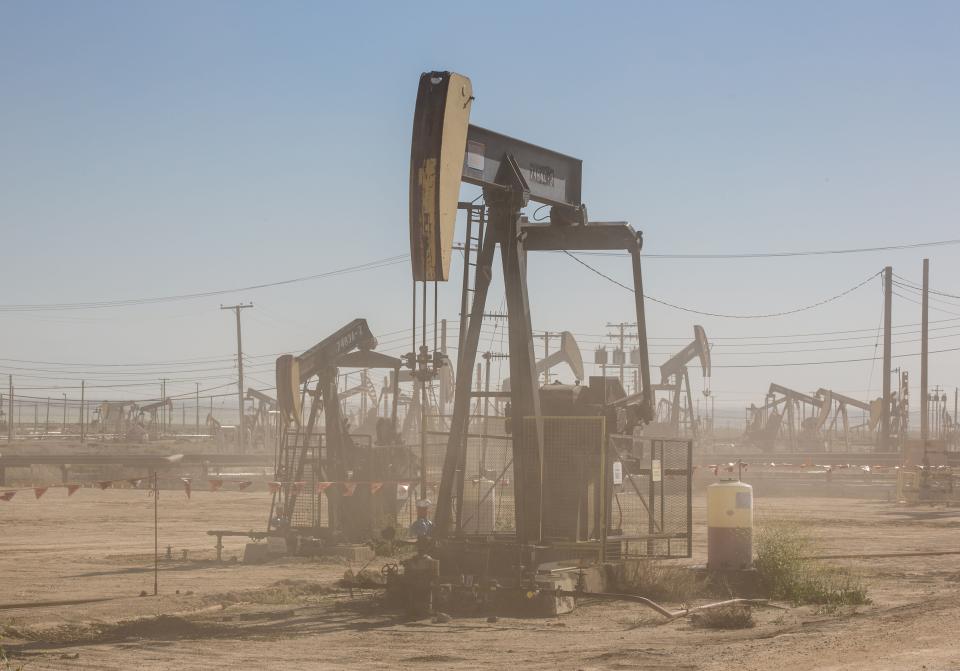The Fed’s Coronavirus Spending On Fossil Fuel Could Dig A $19 Billion Money Pit
As the coronavirus pandemic tanked U.S. markets in March, the Federal Reserve started lending directly to companies across a wide range of business sectors by buying up corporate bonds.
The $250 billion that Congress authorized the central bank to inject into the bond market helped many otherwise healthy balance sheets weather the sudden financial storm. Of the $1.3 billion in funds whose recipients have been disclosed so far, roughly 8% went to fossil fuel-related bonds ― even though the oil, gas and coal sector comprises just 3% of the S&P Composite 1500 stock index.
But the fossil fuel sector’s credit rating was spiraling downward well before COVID-19. Of that nearly $100 million known to be directed to the industry, $22 million went to prop up bonds with such low credit ratings they are considered non-investment grade ― “junk” bonds. And fossil fuel bonds in general look likely to become riskier in the future.

If the Fed continues buying the same proportion of fossil fuel bonds for the remainder of the program, the central banking system could own about $19 billion worth of high-risk fossil fuel bonds, according to a new analysis published Tuesday by the British nonprofit Influence Map, which tracks corporate lobbying on climate policy. That could include $4 billion in bonds supporting companies that might under normal market conditions go out of business.
“This is a sector that’s in terminal decline in terms of its credit rating,” Dylan Tanner, executive director of Influence Map, said by phone on Sunday. “The credit agencies collectively think there is a good chance of the companies going into default on their bonds.”

The study tracked changes in credit ratings for companies across the S&P 1500, which represents 90% of the U.S. market. Using scores from the big three credit rating agencies (S&P, Moody’s and Fitch), Influence Map’s researchers found that the fossil fuel sector’s average credit rating deteriorated 8%...


